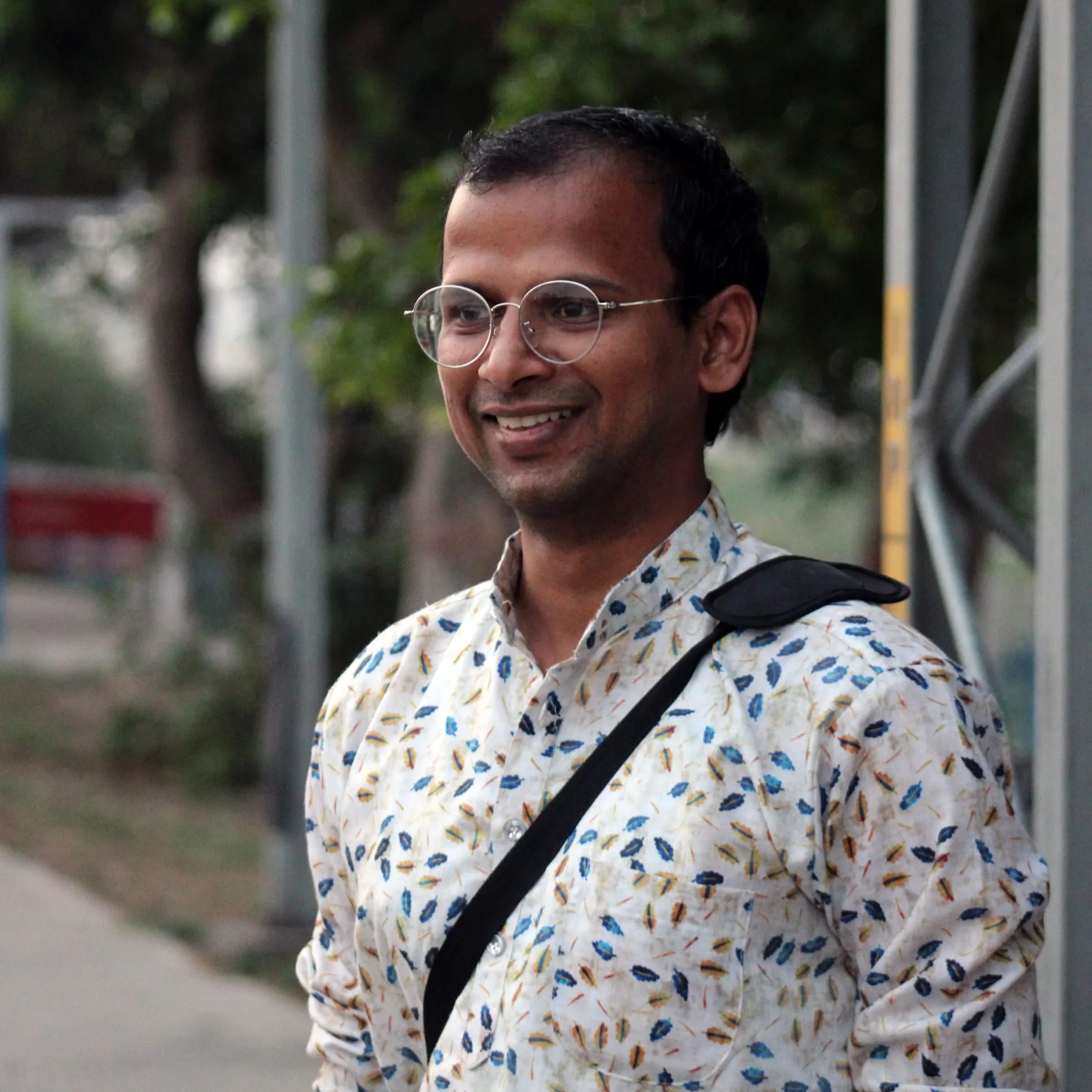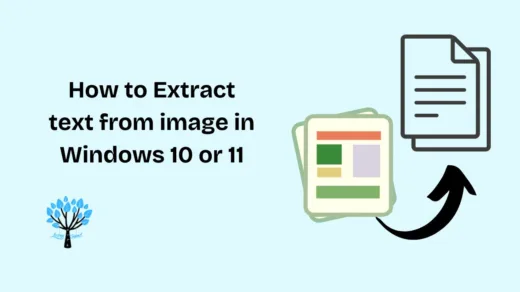Memory is a main part of the Computer System. Memory actively stores all kinds of data, including personal photos, video files, system files, and software applications. That’s why we are here with our topic Types of Computer Memory.
Measuring Units in Digital Data
| Unit | Description |
|---|---|
| KB (Kilobyte) | 1 KB = 1024 Bytes |
| MB (Megabyte) | 1 MB = 1024 Kilobytes |
| GB (Gigabyte) | 1 GB = 1024 Megabytes |
| TB (Terabyte) | 1 TB = 1024 Gigabytes |
| PB (Petabyte) | 1 PB = 1024 Terabytes |
| EB (Exabyte) | 1 EB = 1024 Petabytes |
| ZB (Zettabyte) | 1 ZB = 1024 Extabytes |
| YB (Yottabyte) | 1 YB = 1024 Zettabytes |
Types of Computer Memory:
Computer memory is essential to any computer system, acting as the brain’s storage to store and retrieve data. Understanding the various types of computer memory is crucial to effectively navigate and harness the potential of modern computing. Let’s take the journey through primary categories of Memory:
Primary Memory:
Primary memory, also known as the main memory of a computer system, is crucial for the functioning of the computer. It temporarily holds data and instructions that the CPU needs while performing tasks. Primary memory is typically fast and directly accessible by the CPU, ensuring smooth and efficient processing. “Volatile memory loses its contents when the power is turned off. Primary memory is divided into two main types: Random Access Memory (RAM) and Read Only Memory (ROM). There are many types of RAM (SDRAM and DRAM) and ROM (PROM, EPROM, EEPROM), etc. We’ll discuss them in their respective article.
Secondary Memory:
Secondary memory, also known as auxiliary or external memory, stores data for the long term. Unlike primary memory, which is volatile and loses data when the power is turned off, secondary memory retains data even when the computer powers down. It provides the necessary capacity to store large amounts of data, such as operating systems, applications, and user files. Secondary memory comes in various forms, each with its unique characteristics and use cases. i.e. Hard Disk Drive (HDD), Solid State Drive (SSD), Optical Drives, USB Flash Drives, Memory Cards, NVMe M.2.
Cache Memory:
Cache Memory is a specialized and high-speed memory component located close to the CPU, designed to store frequently accessed data and instructions. Its primary purpose is to bridge the speed gap between the CPU and the Main memory (RAM), ensuring faster data retrieval and improving overall performance. Let’s delve into types of Cache memory. L1 Cache, L2 Cache, L3 Cache.
Virtual Memory:
Modern operating systems use virtual memory as a critical memory management technique to extend the apparent amount of physical memory available to applications. It provides an “illusion” of a large main memory by using a combination of hardware and software to manage data between the physical RAM and disk storage. This allows a computer to run larger and more complex programs than the physical memory alone would permit. Click here to learn more about Virtual Memory and its working.
Made with 20% help of Microsoft Copilot.





